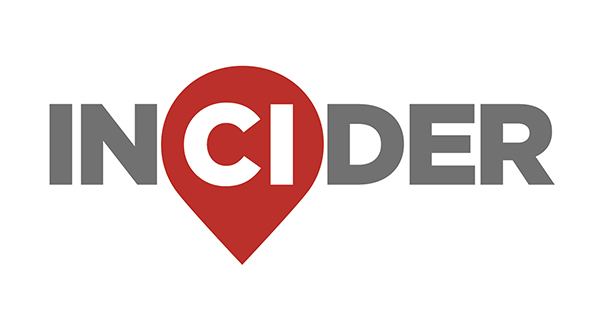“While change is difficult for anyone, we are focused on the fact that as we balance enrollment across the district and our existing facilities, then we are able to reinvest and refocus financially on our academic programming and our student achievement," Beth Martinez, deputy superintendent chief of staff, said at the Aug. 18 board meeting.
The situation
In the 2025-26 school year, officials reported a number of campuses at overcapacity in development-heavy areas, such as Sienna in the southeast portion of the district and Harvest Green and Trillium in the northwest portion of the district, with capacities as high as 129.1% at Neill Elementary.
Meanwhile, a number of campuses in the central portions of the district are experiencing dipping capacities, as low as 38.8% at Glover Elementary.
Bob Templeton, president of Zonda demographic firm, said the district will face continued enrollment declines, aging facilities and capacity gaps over the next five years.
Templeton said this trend is happening statewide due to lower birth rates, demographic shifts, limited housing turnover and growing competition from school choice programs, including the upcoming 2026 Texas voucher rollout that will subsidize private school tuition for a limited number of families.
Using projections for the 2029-30 school year, Templeton said Zonda’s analysis shows:
- Elementary schools will have a 76% utilization rate, with about 34,000 students across facilities built to hold 44,770.
- Middle schools will have a 73% utilization rate, with about 18,465 students across facilities built to hold 25,325.
- High schools will have an 85% utilization rate, with about 27,047 students across facilities built to hold 31,906.
- Six to seven elementary schools
- Two to three middle schools
- One to two high schools, which would first be addressed through rezoning
Keep in mind
In March, Martinez said the first year of boundary planning will address the Austin, Bush, Crawford, Elkins, Kempner, Hightower, Ridge Point and Travis feeder patterns.
However, she said scenario development is still underway, and the School Boundary Advisory Committee, or SBAC, composed of district staff and community members, will begin evaluating proposed boundary scenarios this week. She said the SBAC will be central in refining proposals before any public release.
Martinez said district officials will begin engaging the community on the reasons behind potential boundary changes in early fall, with detailed proposals expected to be shared by mid-November.
“We’re not asking, ‘Do you want change or not want change?’” she said. "But rather, given this need, what would be something you expect if your child’s boundary were to change?"
Looking ahead
The district plans to provide ongoing updates to keep families informed, especially as key input periods may overlap with the busy holiday season, Martinez said. She said final recommendations are scheduled to be presented to the board for approval in early March 2026.
“It won’t be perfect, it won’t be easy, it won’t be simple—and it shouldn’t be," Martinez said. "Because what should be front-of-mind for all of us is our students.”





